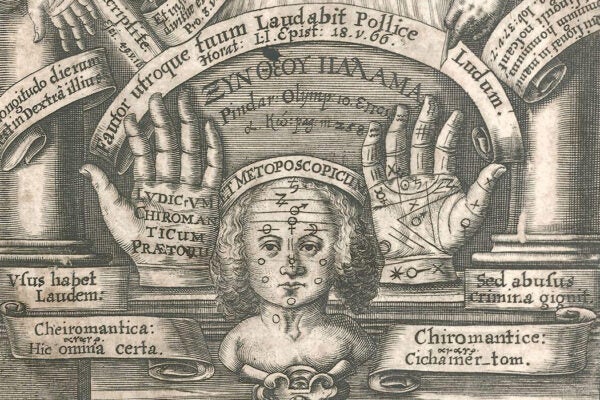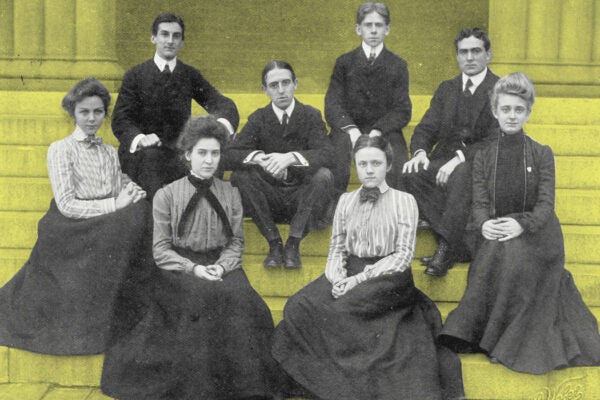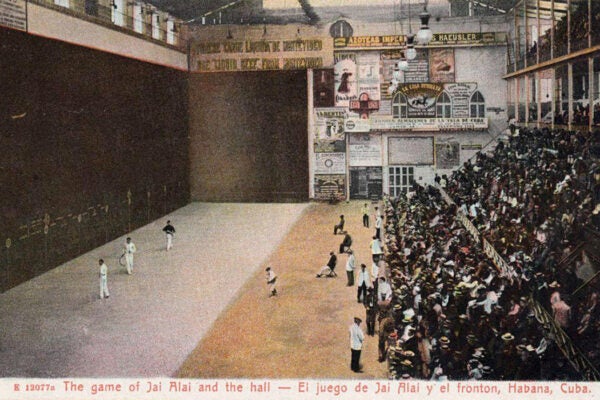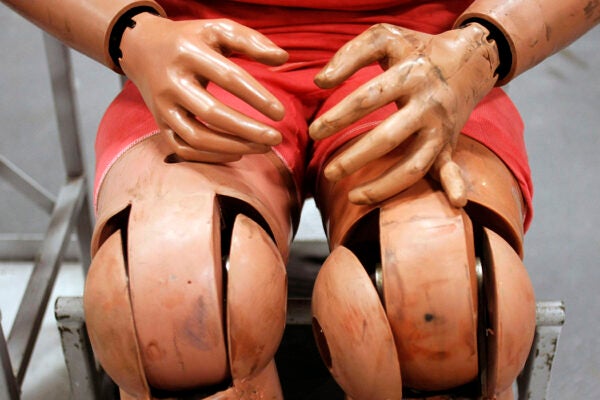How Al Capone Made Greyhound Racing Great
In the 1920s, Chicago became the greyhound racing capital of the country, thanks in part to the power of mobsters like Capone, who was a big fan.
In the Palm of Your Hand
Palm reading, also known as palmistry or chiromancy, has fascinated us as a practice and a party trick for centuries.
The Merchants of Venice—In Code
Sixteenth-century Venice conducted its affairs in code, so much so that cryptology was professionalized and regulated by the state.
Frederick Gowing, King of Poachers
The cultural construction of poaching meant Gowing’s trespasses were understood differently than other kinds of theft in an industrializing Britain.
A Selection of Student Confessions
Did you break a campus rule? Let the students of Millersville Normal School show you how to confess to the administration.
Hi, Jai Alai
Once popular across the United States, jai alai lives on in American sport culture mostly thanks to its history as a legal option for gambling.
Staying Cool: Helpful Hints From History
Take a look back at how others have survived—and thought about—the high heat of summer.
Designing the Dummies
The science behind using crash test dummies to determine the effects of car crashes on the human body only dates to the 1960s.
How Do You Like Your Steak? Rare, Medium, or Bright Blue?
In 1973, an experiment with dyed food and colorful lights had participants vomiting up their half-finished meals. But did it really happen?









